-
 Bitcoin
Bitcoin $118300
-0.58% -
 Ethereum
Ethereum $3825
0.11% -
 XRP
XRP $3.137
-0.71% -
 Tether USDt
Tether USDt $0.9999
-0.01% -
 BNB
BNB $803.9
-3.37% -
 Solana
Solana $181.5
-1.94% -
 USDC
USDC $0.9999
0.01% -
 Dogecoin
Dogecoin $0.2238
-2.51% -
 TRON
TRON $0.3358
2.12% -
 Cardano
Cardano $0.7844
-2.16% -
 Hyperliquid
Hyperliquid $43.31
-1.48% -
 Sui
Sui $3.807
-4.04% -
 Stellar
Stellar $0.4203
-1.96% -
 Chainlink
Chainlink $17.79
-3.00% -
 Bitcoin Cash
Bitcoin Cash $567.8
-1.34% -
 Hedera
Hedera $0.2614
-4.30% -
 Avalanche
Avalanche $24.19
-4.46% -
 Litecoin
Litecoin $109.2
-0.74% -
 UNUS SED LEO
UNUS SED LEO $8.969
-0.01% -
 Toncoin
Toncoin $3.404
3.97% -
 Ethena USDe
Ethena USDe $1.001
-0.01% -
 Shiba Inu
Shiba Inu $0.00001307
-3.19% -
 Uniswap
Uniswap $10.33
-1.23% -
 Polkadot
Polkadot $3.884
-4.06% -
 Monero
Monero $312.9
-1.87% -
 Dai
Dai $1.000
0.01% -
 Bitget Token
Bitget Token $4.537
-2.24% -
 Pepe
Pepe $0.00001156
-3.40% -
 Cronos
Cronos $0.1437
-0.89% -
 Aave
Aave $282.8
-2.77%
What does the sudden increase in trading volume mean? Is the main force shipping or accumulating funds?
A sudden surge in crypto trading volume often signals key market moves, revealing whether big players are accumulating or distributing assets.
Jun 18, 2025 at 03:01 pm
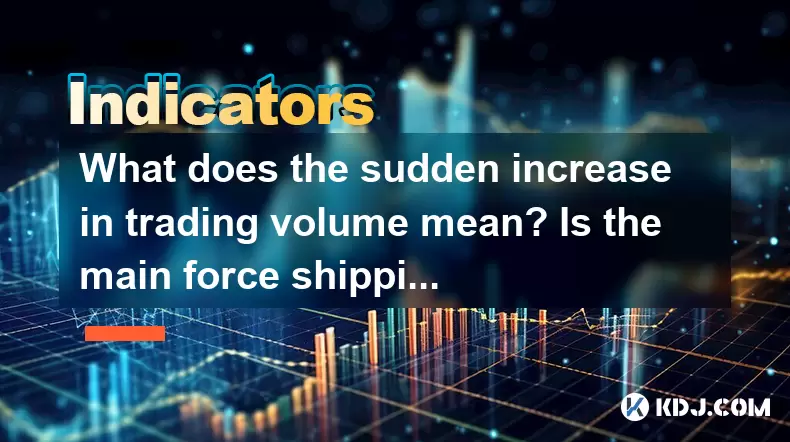
Understanding the Sudden Surge in Trading Volume
A sudden increase in trading volume is a phenomenon that often catches the attention of traders and analysts within the cryptocurrency market. This surge can be defined as an abrupt and significant rise in the number of transactions or the total value traded over a short period, typically much higher than the average volume observed in recent sessions.
In the context of cryptocurrencies like Bitcoin, Ethereum, or altcoins, such spikes may occur due to various factors including news events, macroeconomic shifts, regulatory changes, or technical developments on a blockchain network. When this happens, it's crucial to analyze not only the volume itself but also the price action accompanying it to understand whether it indicates accumulation, distribution, or other market behaviors.
Important Note: High volume alone doesn't necessarily indicate bullish or bearish sentiment — it must be interpreted alongside price movement.
Is It Main Force Shipping or Fund Accumulation?
When observing a sudden spike in trading volume, one of the key questions is whether this represents main force shipping (distribution) or fund accumulation. These two concepts are critical for understanding the behavior of large players in the crypto space.
- Main force shipping refers to situations where large holders or institutional investors begin selling off their holdings, often subtly to avoid triggering panic or drawing attention.
- Fund accumulation, on the other hand, occurs when big players start buying up assets quietly, laying the groundwork for a potential upward move.
To differentiate between the two, traders often look at on-chain data, order book depth, and price-volume correlation. For instance, if volume increases while the price remains relatively flat or declines slightly, it might suggest that whales are unloading their positions without causing a sharp drop.
Conversely, if the price rises along with increased volume, especially after a prolonged downtrend, it could signal that institutions or savvy traders are starting to accumulate.
Analyzing On-Chain Metrics to Distinguish Between Accumulation and Distribution
To determine whether the sudden rise in volume is due to accumulation or distribution, it’s essential to dig into on-chain analytics. Tools such as Glassnode, Santiment, and Dune Analytics provide insights into wallet movements, exchange inflows/outflows, and whale activity.
Here are some key metrics to monitor:
- Exchange inflows and outflows: A sudden increase in exchange inflows may indicate that large holders are preparing to sell, while rising outflows could mean funds are being moved to cold storage, suggesting accumulation or long-term holding.
- Large transaction count: An uptick in the number of large transactions (e.g., >100 BTC transfers) can point to whale activity. If these coincide with rising volume but stable prices, it may imply smart money is moving.
- Holder trend indicators: Metrics like "HODL waves" and "supply distribution" help identify whether coins are consolidating in fewer hands or dispersing across many wallets.
By combining these data points with traditional technical analysis, you can form a clearer picture of whether the volume spike is driven by accumulation or distribution.
Price Action: The Key to Interpreting Volume Spikes
Volume should never be analyzed in isolation. One of the most effective ways to interpret a sudden surge is to examine how it interacts with price action.
Consider the following scenarios:
- Volume surges with rising prices: This typically signals strong buying pressure. If this occurs after a consolidation phase or near a support level, it may represent genuine accumulation.
- Volume surges with falling prices: This can be a sign of aggressive selling. If the price drops significantly during high volume, it suggests distribution or panic selling.
- Volume surges with little price movement: Known as a “volume spike without direction,” this situation often reflects a tug-of-war between buyers and sellers. It could precede a breakout or breakdown depending on which side gains control.
Traders often use tools like volume-weighted average price (VWAP) or volume profile to visualize how volume has accumulated at different price levels. This helps in identifying potential support/resistance zones and assessing the strength of current moves.
Using Order Book Analysis to Spot Smart Money Moves
The order book provides real-time insight into buy and sell orders at various price levels. Analyzing the depth and structure of the order book during a volume surge can reveal whether the activity is retail-driven or orchestrated by larger players.
During a typical accumulation phase, you might observe:
- Hidden orders placed just below the current market price to absorb sell pressure without pushing the price too low.
- Gradual absorption of sell walls without triggering sharp rallies.
- Multiple small buys spread across exchanges to avoid detection.
In contrast, during distribution, you may notice:
- Large sell orders placed above resistance levels to trap buyers.
- Artificial demand created through wash trading or spoofing.
- Price failing to break above key resistance despite heavy volume.
Using tools like order book heatmaps or trade replay features can help visualize these patterns more clearly. Platforms such as BitMEX, Bybit, or Kraken Pro offer advanced order book interfaces that allow users to track large trades and liquidity changes.
Frequently Asked Questions
Q1: Can high trading volume be misleading?
Yes, high trading volume can sometimes be misleading, especially if it results from wash trading or bot-generated traffic. Some exchanges inflate volumes artificially to appear more liquid than they are. Always cross-reference with on-chain data and reputable volume sources.
Q2: How do I distinguish between whale accumulation and retail FOMO?
Whale accumulation tends to happen gradually, often with minimal price impact and strategic placement of orders. Retail FOMO usually causes rapid price spikes and emotional buying. Look for sustained volume over time rather than sudden bursts.
Q3: Does every volume spike lead to a trend change?
No, not all volume spikes result in trend reversals or new trends. Sometimes volume increases due to temporary news or speculation without leading to a sustainable move. Combine volume with momentum indicators and chart patterns for better accuracy.
Q4: What tools can help me track real-time volume and whale activity?
Tools like Glassnode Studio, CryptoQuant, Whale Alert, and Dune Analytics offer real-time tracking of on-chain volume, exchange flows, and whale transactions. These platforms help filter noise and focus on meaningful data.
Disclaimer:info@kdj.com
The information provided is not trading advice. kdj.com does not assume any responsibility for any investments made based on the information provided in this article. Cryptocurrencies are highly volatile and it is highly recommended that you invest with caution after thorough research!
If you believe that the content used on this website infringes your copyright, please contact us immediately (info@kdj.com) and we will delete it promptly.
- PENGU Price Plunge? Binance Transfers and Token Transfer Trends
- 2025-07-30 23:10:15
- Navigating Crypto Investment: Bitcoin Mining and the Rise of Cloud Mining in the Big Apple
- 2025-07-30 22:31:15
- Meme Coins, Profit, and Investment: Riding the Crypto Wave in Style
- 2025-07-30 23:10:15
- LivLive's Gamified AR Launch Phase: Level Up Your Reality!
- 2025-07-30 22:31:15
- Bitcoin, Crypto, and the Golden Age: Navigating the Future of Digital Assets
- 2025-07-31 00:10:14
- JPMorgan, Coinbase, and Crypto Access: A New Era for Digital Finance?
- 2025-07-30 22:50:13
Related knowledge
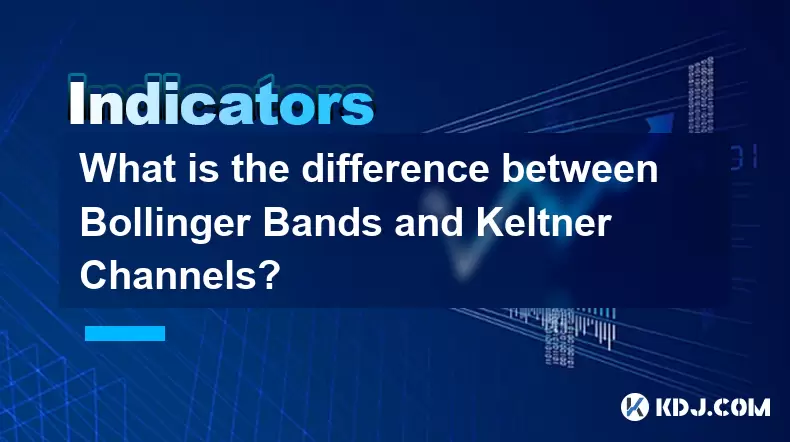
What is the difference between Bollinger Bands and Keltner Channels?
Jul 30,2025 at 11:30pm
Understanding Bollinger Bands and Their Core ComponentsBollinger Bands are a widely used technical analysis tool developed by John Bollinger in the 19...
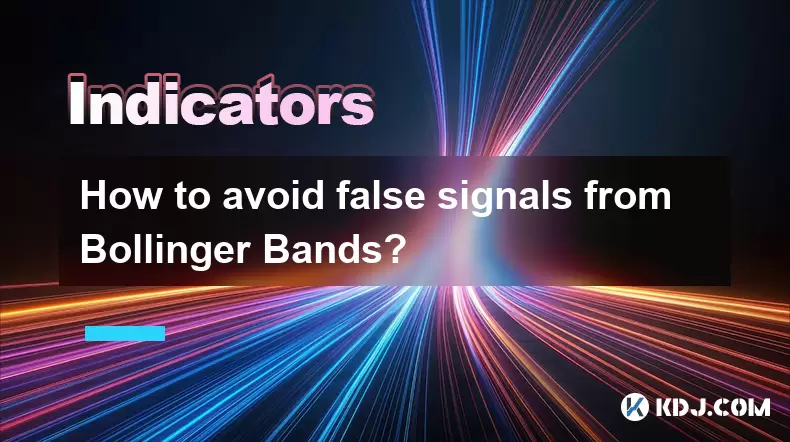
How to avoid false signals from Bollinger Bands?
Jul 30,2025 at 11:42pm
Understanding Bollinger Bands and Their Core ComponentsBollinger Bands are a widely used technical analysis tool developed by John Bollinger in the 19...
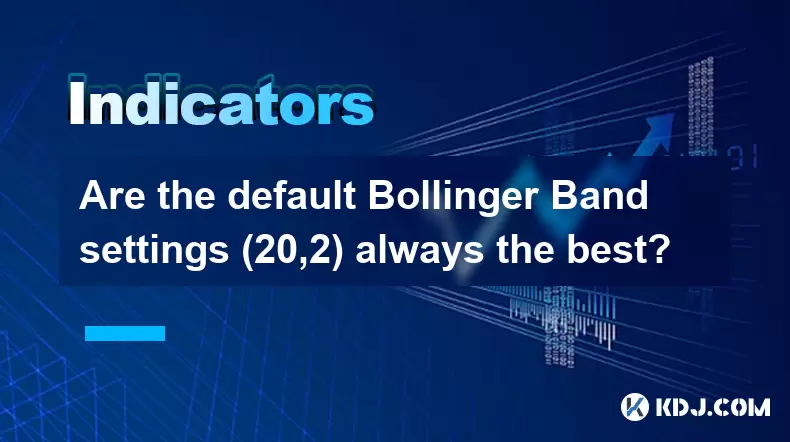
Are the default Bollinger Band settings (20,2) always the best?
Jul 30,2025 at 11:36pm
Understanding the Standard Bollinger Band ConfigurationThe default Bollinger Band settings of (20,2) are widely used across the cryptocurrency trading...
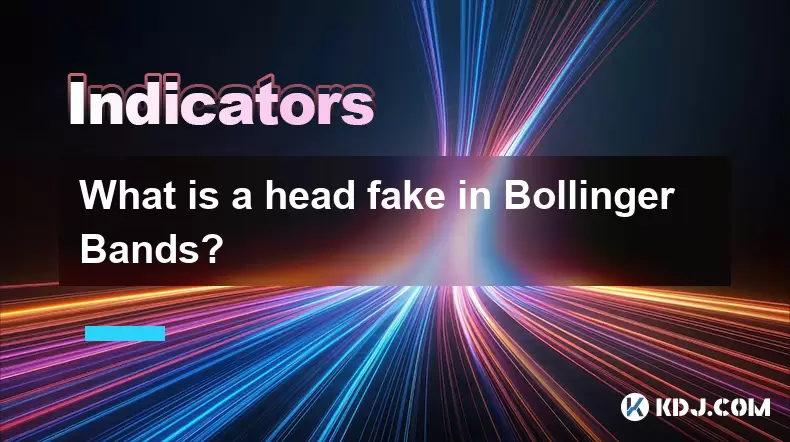
What is a head fake in Bollinger Bands?
Jul 30,2025 at 09:44pm
Understanding Bollinger Bands and Their StructureBollinger Bands are a widely used technical analysis tool developed by John Bollinger in the 1980s. T...
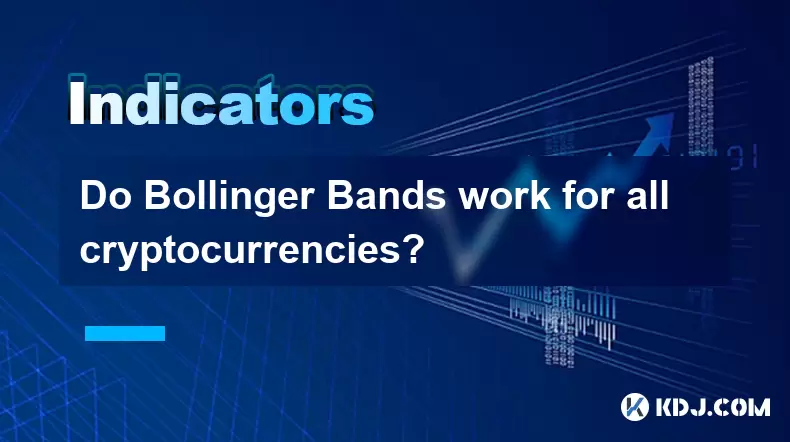
Do Bollinger Bands work for all cryptocurrencies?
Jul 30,2025 at 09:30pm
Understanding Bollinger Bands in Cryptocurrency TradingBollinger Bands are a widely used technical analysis tool developed by John Bollinger in the 19...
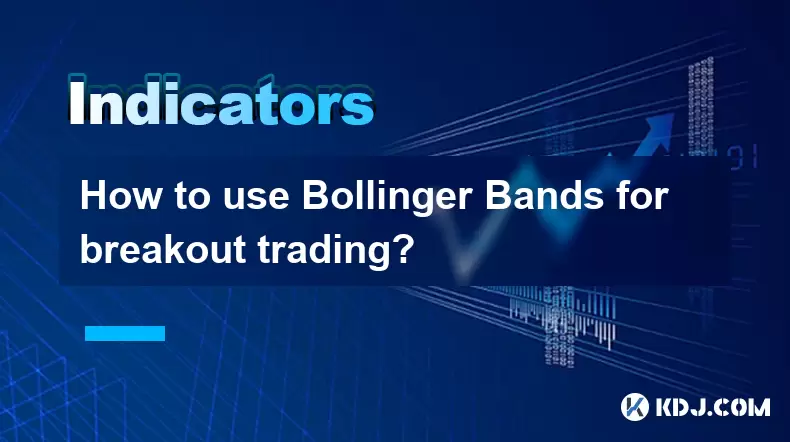
How to use Bollinger Bands for breakout trading?
Jul 30,2025 at 10:27pm
Understanding Bollinger Bands and Their ComponentsBollinger Bands are a widely used technical analysis tool developed by John Bollinger in the 1980s. ...

What is the difference between Bollinger Bands and Keltner Channels?
Jul 30,2025 at 11:30pm
Understanding Bollinger Bands and Their Core ComponentsBollinger Bands are a widely used technical analysis tool developed by John Bollinger in the 19...

How to avoid false signals from Bollinger Bands?
Jul 30,2025 at 11:42pm
Understanding Bollinger Bands and Their Core ComponentsBollinger Bands are a widely used technical analysis tool developed by John Bollinger in the 19...

Are the default Bollinger Band settings (20,2) always the best?
Jul 30,2025 at 11:36pm
Understanding the Standard Bollinger Band ConfigurationThe default Bollinger Band settings of (20,2) are widely used across the cryptocurrency trading...

What is a head fake in Bollinger Bands?
Jul 30,2025 at 09:44pm
Understanding Bollinger Bands and Their StructureBollinger Bands are a widely used technical analysis tool developed by John Bollinger in the 1980s. T...

Do Bollinger Bands work for all cryptocurrencies?
Jul 30,2025 at 09:30pm
Understanding Bollinger Bands in Cryptocurrency TradingBollinger Bands are a widely used technical analysis tool developed by John Bollinger in the 19...

How to use Bollinger Bands for breakout trading?
Jul 30,2025 at 10:27pm
Understanding Bollinger Bands and Their ComponentsBollinger Bands are a widely used technical analysis tool developed by John Bollinger in the 1980s. ...
See all articles

























































































